
I've been to a few bowling parties and passed a bottle around a few fire pits, but I've never watched an audiophile unboxing video. Lately though, I have been paying closer attention to my first impressions of each new audio product as it enters my realm.
I'm finding it interesting to notice how a device previously unseen and unheard declares itself one small step at a time as I open its box, feel its heft, observe its form, study its manual, and, finally, wire it into my system. Those start-up experiences, plus my gut feelings during my first moments of music listening, establish a tone of innocent discovery I wish would last the whole month. It never does.
I mention this because my first impressions for my firstever review of an ARCAM product, the Radia A25 integrated amplifier, were in that "innocent and receptive" mode from the instant I saw the box sitting outside my door. The 26.5lb box looked Jimmy Stewart-trim and reasonably sized (8" 23" x 17"), and it was easy to lift. My first impression was that ARCAM had their box and packing game together.
The first tell was the brown paper tape, which, with three quick box-cutter cuts, revealed an inner "tuck top" box with a giant letter "A" printed on its cover, formed from thin black lines suggesting piano keys. This tuck-topped box opened to reveal a brown, cast-paper eggcrate-type spacer with a small brown cardboard box nested in its center. That small box contained a sharp-looking (plastic) remote and an IEC power cord. The A25's nine-language quick-start guide was in a brown paper envelope affixed with brown tape to the inside of the top cover. The A25 itself was sheathed in a white paper-cloth bag.
This was my first-ever encounter with smartly engineered, artfully executed, 100% biodegradable packaging, and it felt like a sincere handshake.
ARCAM
This story is from the April 2024 edition of Stereophile.
Start your 7-day Magzter GOLD free trial to access thousands of curated premium stories, and 9,000+ magazines and newspapers.
Already a subscriber ? Sign In
This story is from the April 2024 edition of Stereophile.
Start your 7-day Magzter GOLD free trial to access thousands of curated premium stories, and 9,000+ magazines and newspapers.
Already a subscriber? Sign In

The Beatles in Mono according to Kevin
It's almost too easy to make Dave Dexter Jr. the villain in the story of the Beatles' fumbled introduction to America.
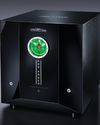
Stromtank S-4000 ProPower MK-II XT
COMPUTER-CONTROLLED BATTERY POWER SOURCE
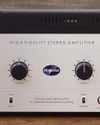
Aurorasound HFSA-01
INTEGRATED AMPLIFIER
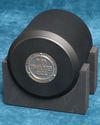
Transforming the music
One of my favorite things about this pastime is the modesty of its aims.

Lou Donaldson
Years ago, at one of the milestone NYC anniversary parties for Blue Note Records, a piercing voice burst out above the clinking glasses and chattering tongues, loudly declaiming (quoted here with several profanities omitted), \"Blue Note never gave me a dime!\"
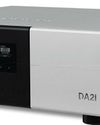
EMM Labs DA2i
Among the many reasons to be grateful for audio shows,' one stands out: They allow me to set reasonable expectations of what components and whole audio systems can or cannot achieve. They have helped me set standards.

POLICED
THAT'S PRETTY ODIOUS,\" ANDY SUMMERS SAYS TO ME. \"AN ODIOUS COMPARISON.\" HIS BLUEISH EYES DARKEN. ROUGHLY AN HOUR INTO OUR 90-MINUTE FACE-TO-FACE INTERVIEW, I'D ASKED IF IT BOTHERS HIM THAT IN TERMS OF REACH AND STAYING POWER, HIS SOLO OEUVRE WILL NEVER MATCH HIS WORK WITH THE POLICE.
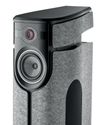
Focal Diva Utopia
WIRELESS STREAMING ACTIVE LOUDSPEAKER SYSTEM
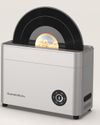
An ultrasonic bargain
The first album I ever bought with my own money-cash earned mowing neighbors' lawns-was a British plum-label pressing of Led Zeppelin II.
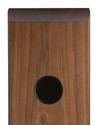
MoFi Electronics Source Point 888
A recent high point in my career as a reviewer was writing about the MoFi Electronics SourcePoint 10 standmount loudspeaker for the February 2023 issue of Stereophile.'
